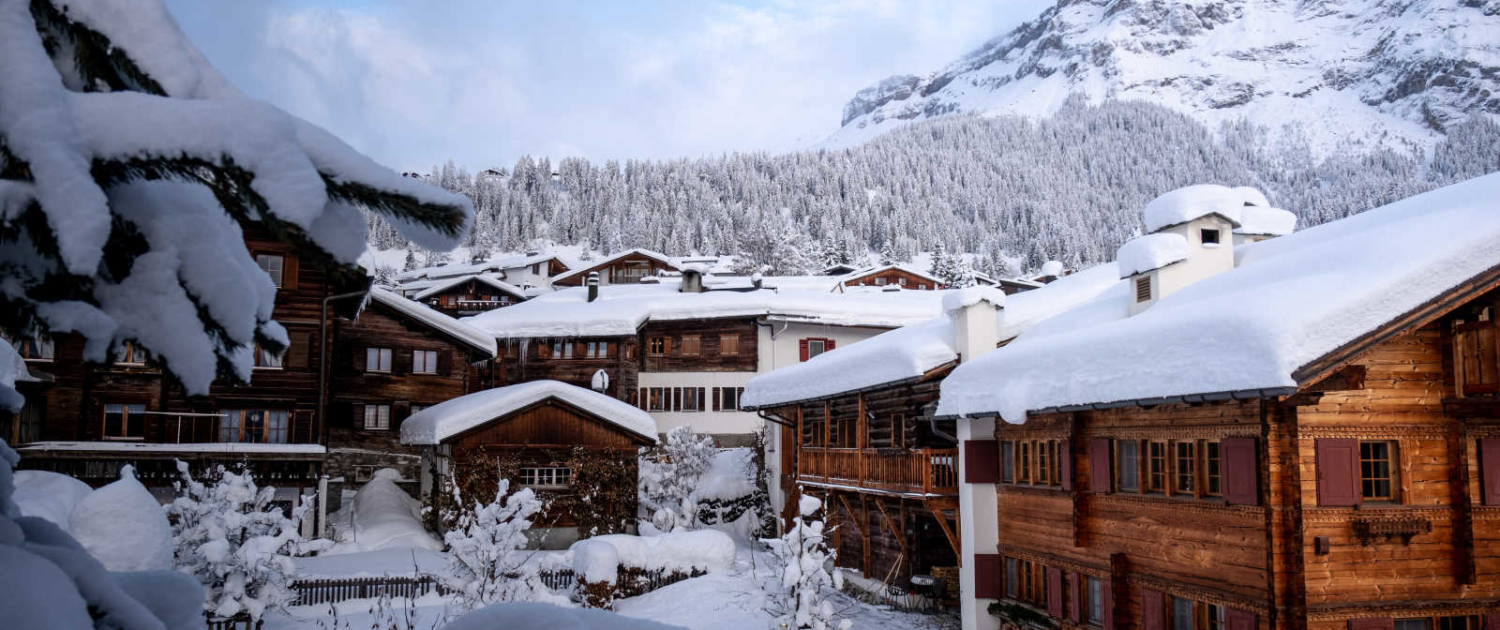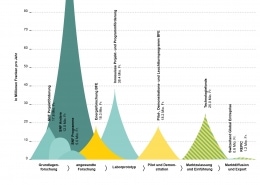Stop spending money on your second home
In winter, second homes are often heated continuously, even if no one lives in them for a long time. Impulse consultant Cornelia Winkler explains how energy can be saved there - without having to freeze in the apartment the next time someone visits.
In 2019, SwissEnergy launched the campaign "MakeHeatSimple". Since then, it has been motivating second home owners to install remote control systems for their heating and save valuable energy this way. Because the potential is enormous: installing remote control systems could save more than 2,000 GWh/year and over 600,000 tons of CO2 per year in the approximately 700,000 Swiss second homes alone. In the interview, coordinator Cornelia Winkler, Dipl. Forstingenieurin ETH, explains why she is committed to this technical solution - and hopefully inspires you too!
Potential users are the owners of second homes. Why is the offer aimed specifically at them? Because the proportion of second homes in Switzerland is known to be high, there is a lot of potential for savings here. Because it is often the case that the heating is only turned down a little or not at all when people are away. After all, you don't want to come home to a cold apartment the next time you visit. In terms of comfort, this is understandable. But the environment and the wallet are less pleased with the unnecessarily high energy consumption. The solution is a remote control for the heating. This saves energy and CO2 - without sacrificing comfort and with a positive cost balance.
How high is the savings potential of remote control systems in concrete terms? Broken down to an apartment, 40 to 60 percent energy can be saved - depending on previous heating behavior during absence.
Is the solution suitable for every type of heating system, for example also for electric underfloor heating systems? In principle, the remote control can be installed for all common types of heating, except of course for fireplaces. Even with our heating system in the vacation apartment, which dates back to the 1970s, the installation wasn't technically witchcraft, and the remote control via the app has worked flawlessly and reliably ever since. Shortly before arrival, I simply turn on the heating via smartphone. In the past, especially during the hectic departure with the children, it sometimes happened that I forgot to turn off or turn down the heating in the vacation home. Today, I can simply do this on the way back home.
What should you look for when purchasing or choosing a solution? In my experience, the most important thing is to determine your own needs in advance. Is it enough that I can only switch the heating on and off with the system? Or do I want to know, for example, how high the temperature is in the individual rooms?
For the latter, additional sensors in the form of temperature sensors are needed, which of course results in a higher price. I myself would not want to miss these additional functions. With them, I can also adjust the temperature variably, for example, to the current outside temperature. The installer should therefore provide good information about the various solutions and additional options, so that in the end the solution that fits the individual needs and the available budget is implemented.
Cornelia Winkler welcomes you to Goms, where she explains why she chose remote controlled space heating for her vacation home and how to proceed to enjoy the same benefits. Watch the video to learn how you can save energy, money and time with a simple installation. Switch to remote control space heaters and enjoy more comfort in your second home - with just one click.
Here's how to proceed if you are interested in controlling your heating remotely
Very simple and step by step the website accompanies you MakeHeatSimple to your remote controlled heating. Thanks to the calculation tool, you can find out with just a few clicks how much energy and money you can potentially save. Furthermore, the website allows you to find specialists in your area and contact them directly.
This article was published on the SwissEnergy website. Read more stories from SwissEnergy.
 EnergieSchweiz
EnergieSchweiz
 Interaktive Übersicht zur Cleantech-Innovationslandschaft
Interaktive Übersicht zur Cleantech-Innovationslandschaft  Hohe Resonanz auf die erste SOUR-Ausschreibung
Hohe Resonanz auf die erste SOUR-Ausschreibung  Quelle: nagra / maars, ZürichTiefenlager für radioaktive Abfälle: Positive regionalwirtschaftliche Aspekte?
Quelle: nagra / maars, ZürichTiefenlager für radioaktive Abfälle: Positive regionalwirtschaftliche Aspekte?  Mission possible in der „Umwelt Arena Spreitenbach“
Mission possible in der „Umwelt Arena Spreitenbach“ 
 Benedikt Vogel
Benedikt Vogel BFE - Brigitte Mader
BFE - Brigitte Mader
Dein Kommentar
An Diskussion beteiligen?Hinterlassen Sie uns Ihren Kommentar!